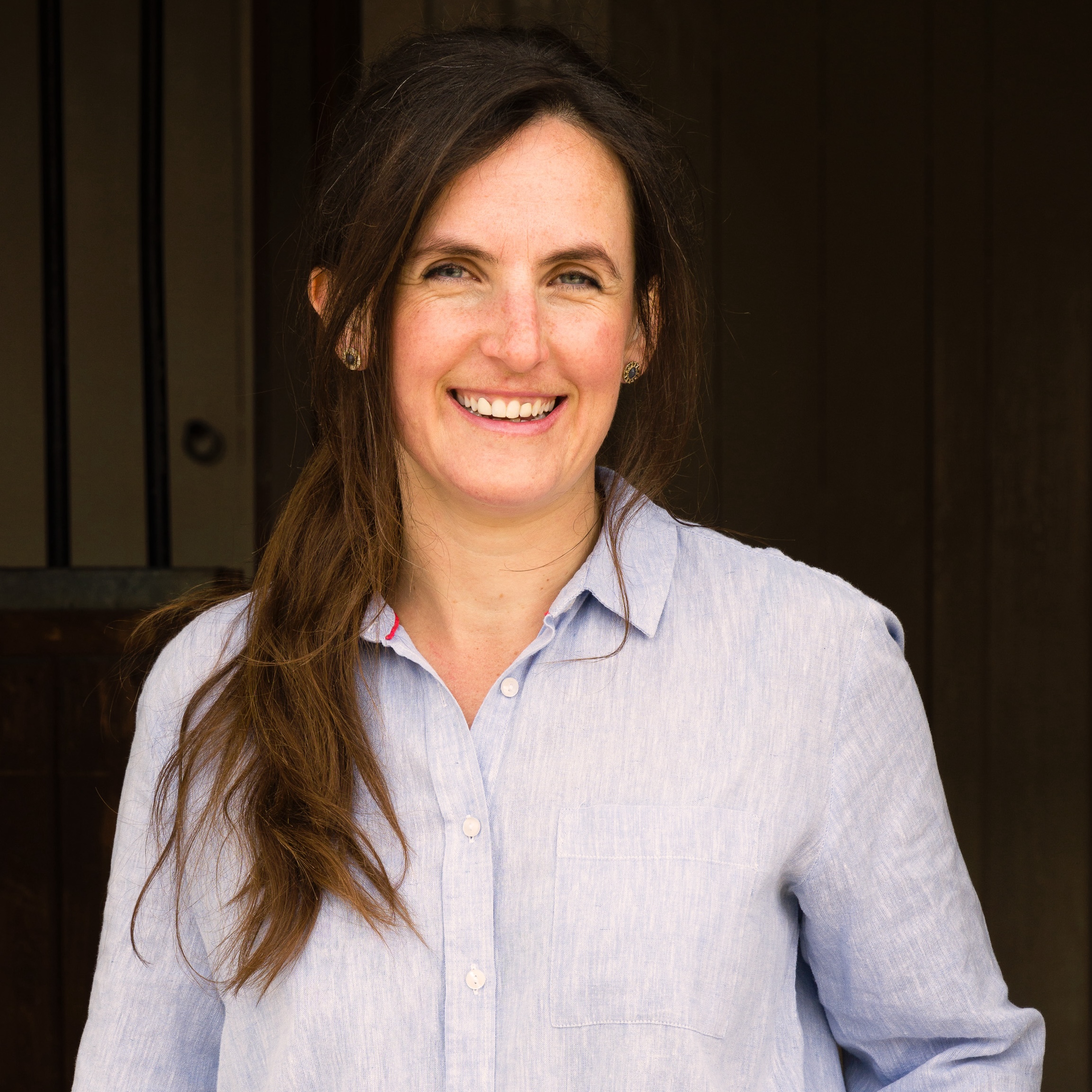An absolute beginner's guide to clay pigeon shooting, part 3: New techniques, old friends and how to buy your own gun
If you're looking to get into shooting, a series of lessons is the place to start —as Octavia Pollock has been finding out at the Cowdray Estate's Hownhall shooting school.
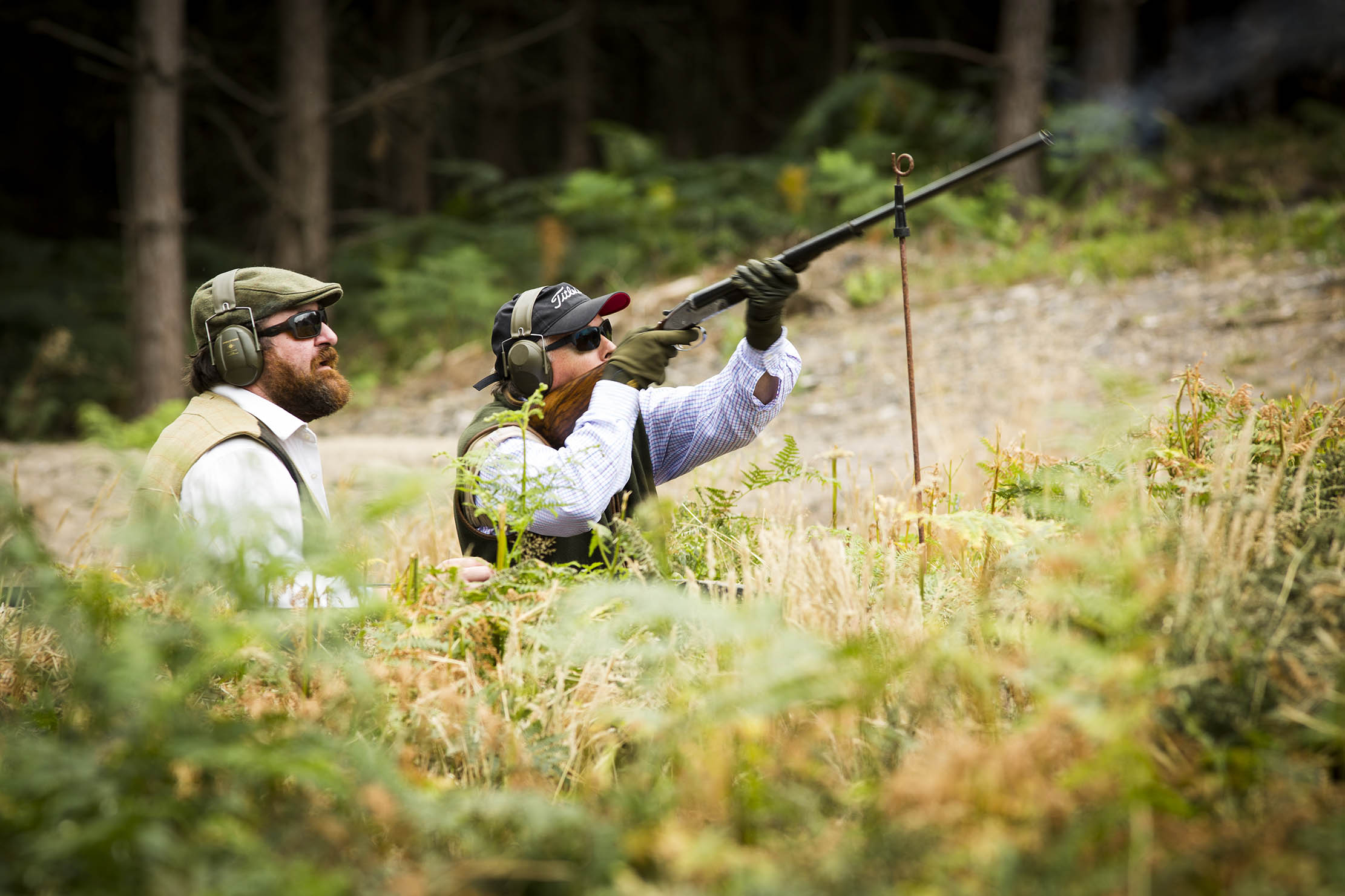

You can read about Octavia's first lesson here, and her second lesson here.
The usually warm welcome at Hownhall was made even warmer by the addition of a black labrador puppy to the existing canine tribe. Pilot was an engaging distraction, but gundog training will have to wait until I’m a tad more proficient with the gun part of things.
With that in mind, Simon and I walked down through the woods and back to the driven-game stand. One of the joys of Hownhall is the privacy, with the stands tucked away in different patches of the forest, tracks winding off up and down to stands for high pheasants, grouse, partridge or even rabbit. The driven-game stand is in one of the most open parts, ideal for competitions or days such as the National Ladies’ Shooting Day in June, which was oversubscribed this year. Perhaps I’ll try to take part next year…
It took a few goes to relax back into the ‘zen’ mindset that allowed me to relax, swing up and fire as soon as the clay disappeared, obliterating it into smithereens, but after a few successful shots Simon suggested we move further down the hill to the partridge stand. This brought up a whole new technique that obliterated any smidgen of smugness I might have been feeling as swiftly as a clay is turned to powder when struck with shotgun pellets.
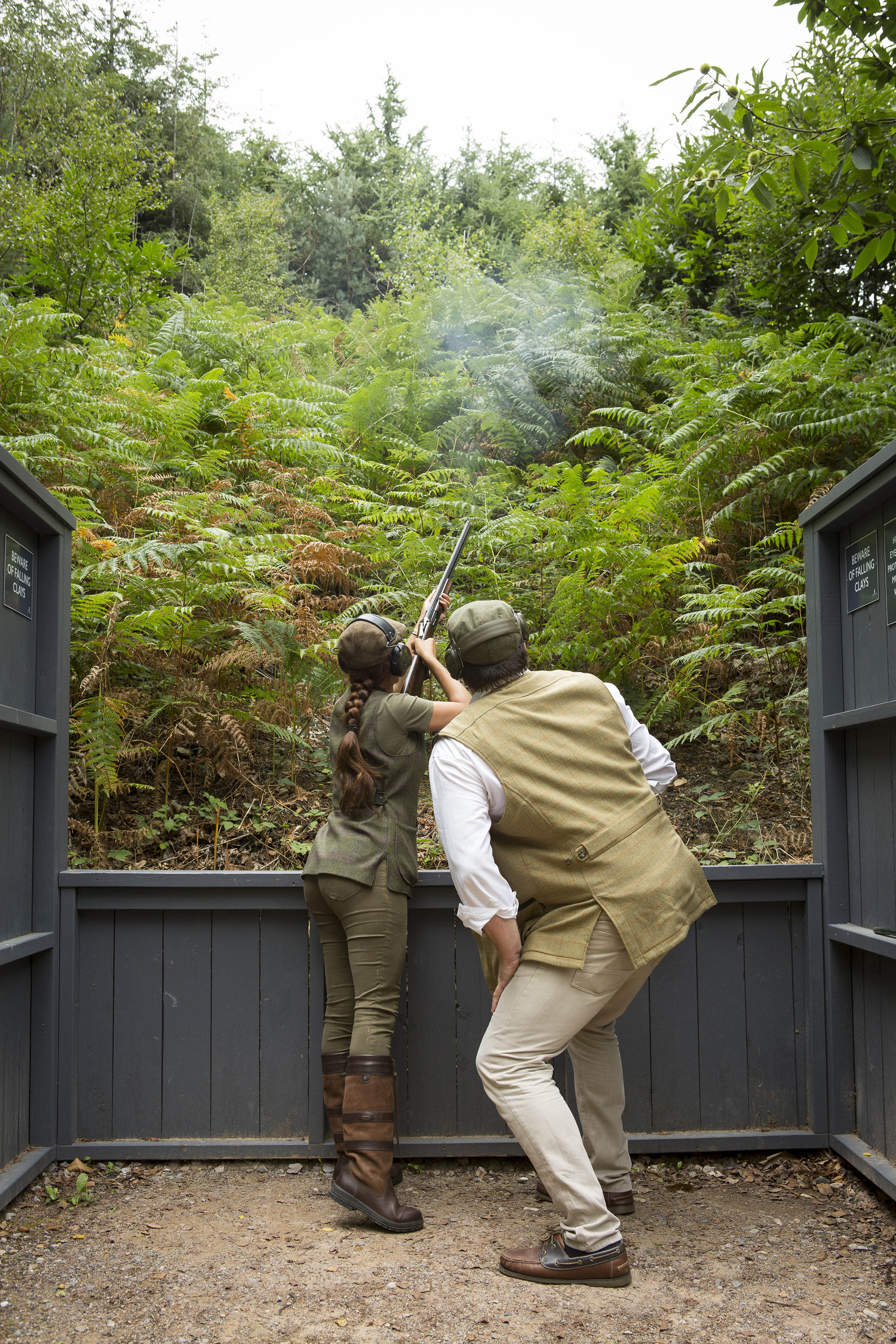
Rather than swinging up through the vertical, the flight of the ‘partridge’ from right to left required me to swing on a flattened curve, staying in front of the clay. Oddly, it proved harder to shoot cleanly when the clay was in sight than when it was hidden, but Simon’s advice to keep the barrel a wine-bottle’s length in front of the target proved remarkably successful. I did hit a few, but adjusting my speed and body movements to a different line of fire was tricky. More practice needed!
For said practice, I will return with fellow lady shots and share their guns — an old friend of mine was a member of St Andrews University shooting club — and maybe eventually get my own. A good gun shop such as Rakers, near Petworth, will always help customers find the perfect size and fit, and take a gun on trial — apparently crucial, since it’s no good buying a gun without having first fired it.
Technical discussions can be infinite, but Simon shared a few of the secrets of bore, choke and cartridge with me as I rested my arms. Bore size (gauge in America) is simply the result of taking 1lb of lead and splitting it into 10, 12 or 28 pieces — a pleasing nugget of knowledge that harked back to the 32- and 24-pounder guns of Nelson’s Navy, familiar to me from C. S. Forester and Patrick O’Brian novels.
Exquisite houses, the beauty of Nature, and how to get the most from your life, straight to your inbox.
As for choke? That’s the amount by which the barrel is constricted, determining the spread of shot. Shotgun ammunition, meanwhile, is made by a number of companies. Hownhall uses Hull cartridges, manufactured in the eponymous city by the Bontoft family for 72 years. Hull is at the forefront of the drive to reduce the sport’s use of plastic, too, having always made fibre wads.
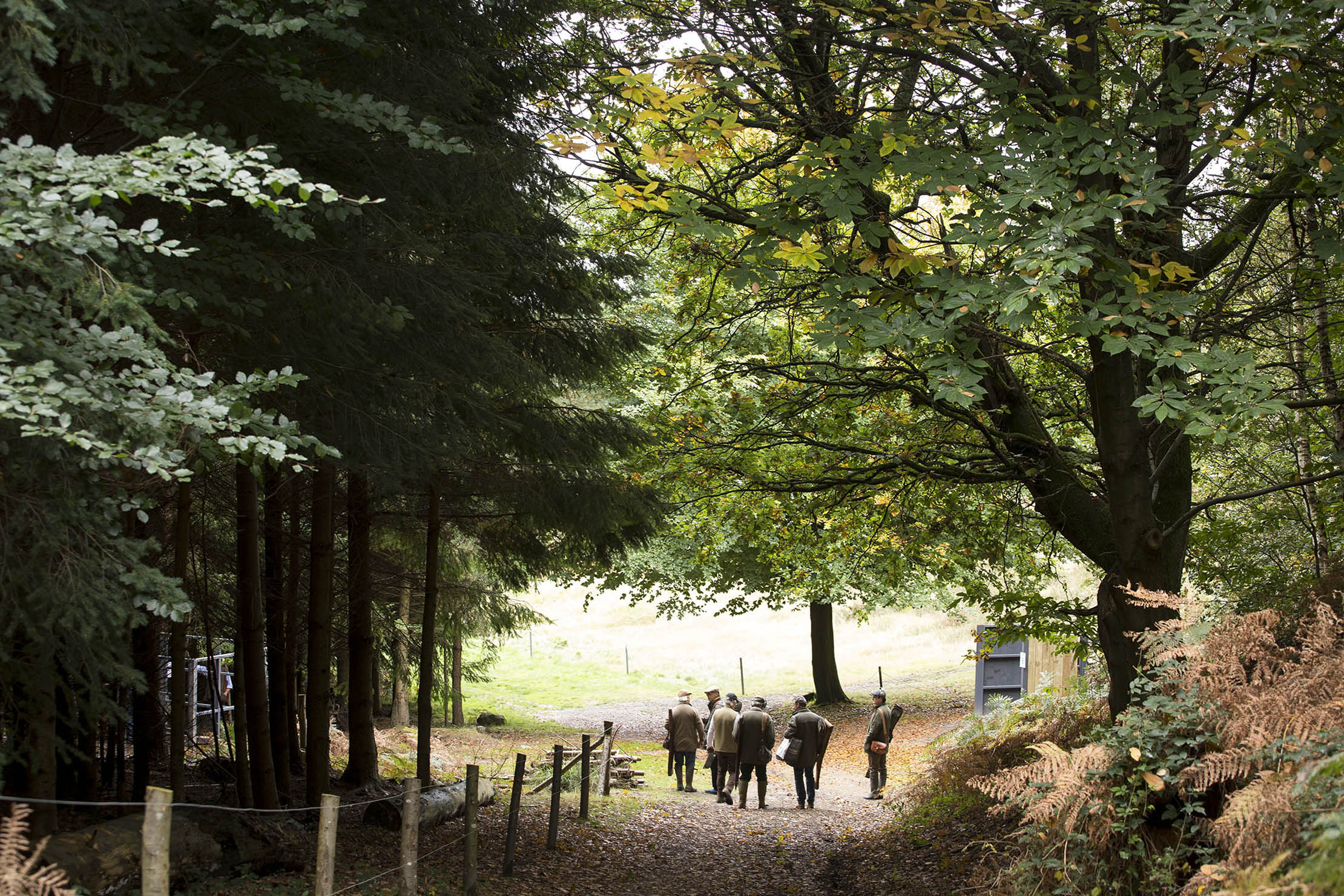
Before any of this becomes a concern, however, I’d need a shotgun licence. These must be applied for from your local police force, in my case Sussex Police. Printing off 15 pages is somewhat daunting, but if you’re a law-abiding citizen, you should have no problem. For shotgun certificates, one referee to vouch for you is required; for firearms licences, two are needed. It costs £79.50; renewal — after five years — is £49.
If you jump through these hoops and then buy a shotgun, you must have a lockable case to keep it in, too, which has to be available for inspection by the police. Licences take about eight weeks to process, so it’s a good idea to get it ready in plenty of time. You don’t have to buy a shotgun once you have a licence: unless you shoot regularly, it’s perfectly possible to borrow or hire a gun. But of course, the sky’s the limit if you want to go all out and get a full set of bespoke tweeds and a pair of Purdeys…
Octavia took her shooting lessons at Hownhall, on the Cowdray Estate — see www.cowdray.co.uk/sport/shooting/clay-pigeon-shooting to find out more.
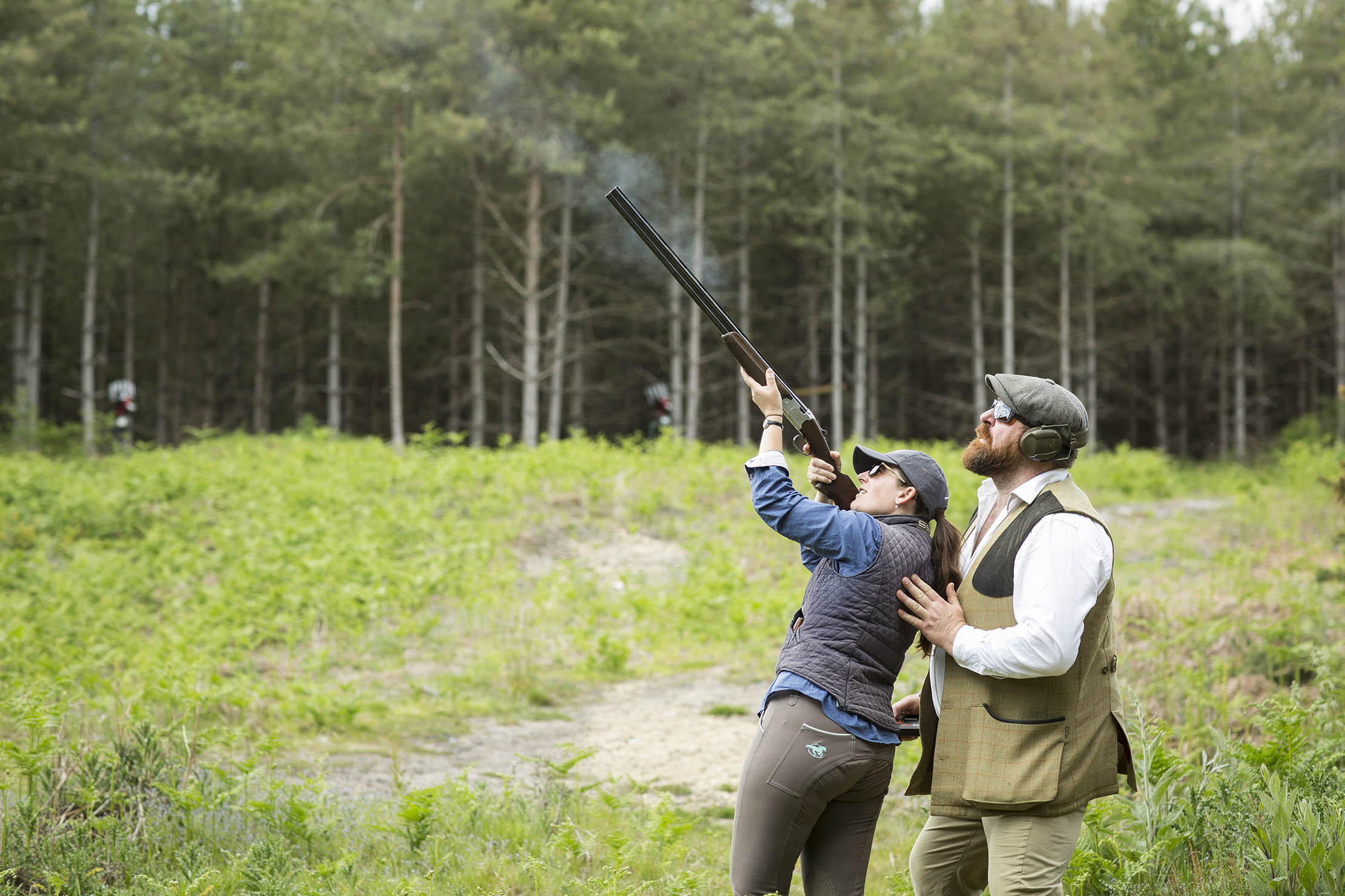
Credit: Ben Wright
An absolute beginner's guide to clay pigeon shooting, part two: Relax, breathe, trust... and avoid the temptation to squeak in triumph
Absolute beginner Octavia Pollock is learning clay pigeon shooting at Hownhall, part of the Cowdray Estate — in part one she
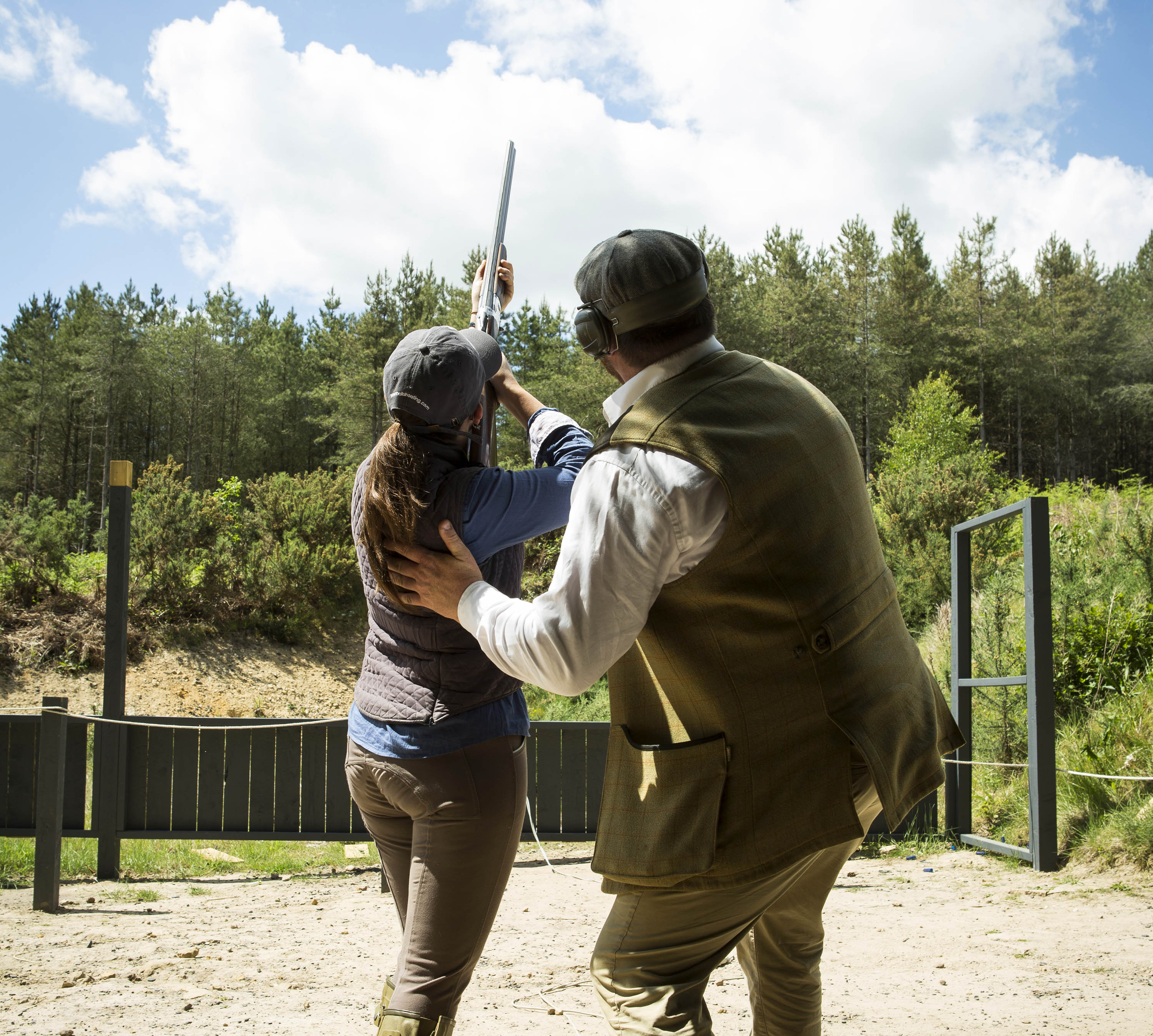
Credit: Ben Wright
An absolute beginner's guide to clay pigeon shooting: 'Coffee drunk and dogs cuddled, it was time to begin'
Octavia Pollock had never so much as held a gun before she decided to try clay pigeon shooting — she headed
Octavia, Country Life's Chief Sub Editor, began her career aged six when she corrected the grammar on a fish-and-chip sign at a country fair. With a degree in History of Art and English from St Andrews University, she ventured to London with trepidation, but swiftly found her spiritual home at Country Life. She ran away to San Francisco in California in 2013, but returned in 2018 and has settled in West Sussex with her miniature poodle Tiffin. Octavia also writes for The Field and Horse & Hound and is never happier than on a horse behind hounds.
